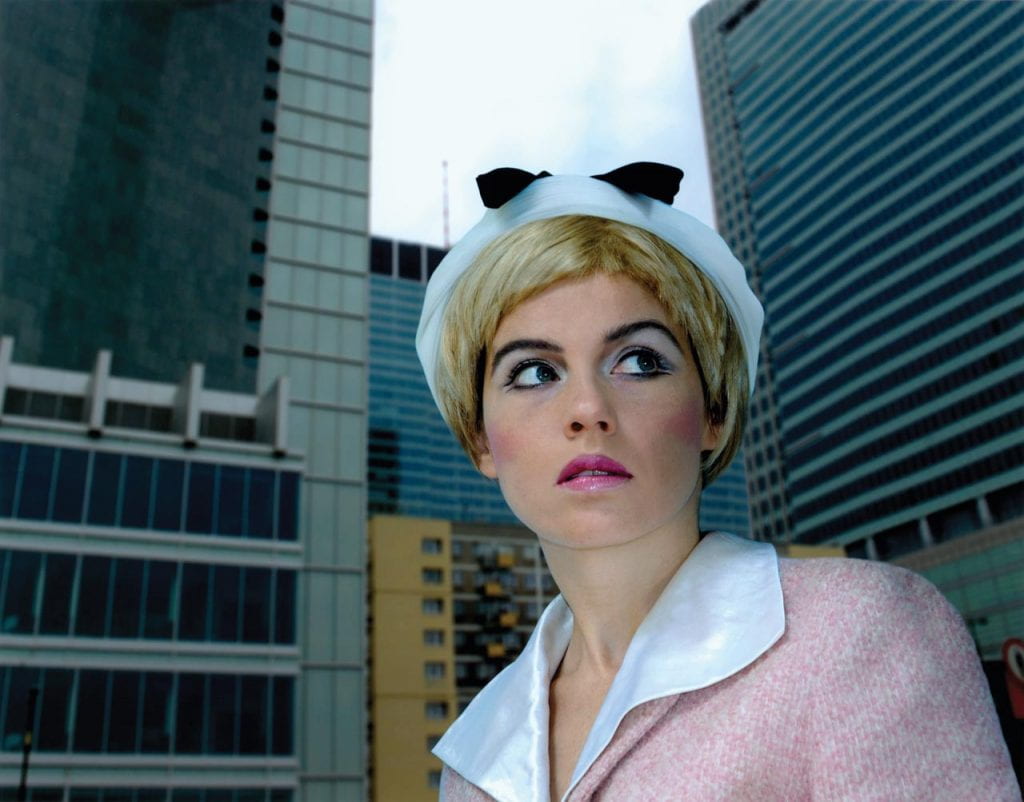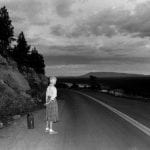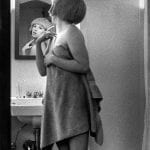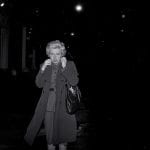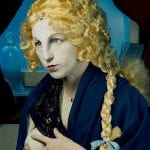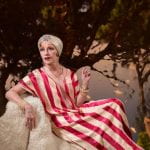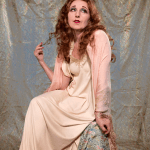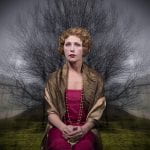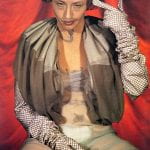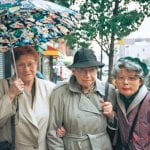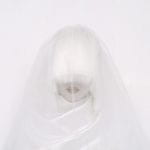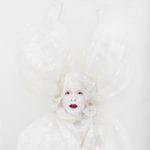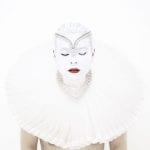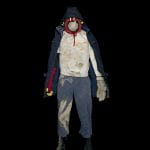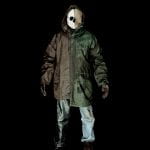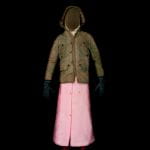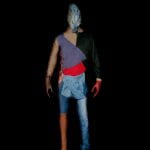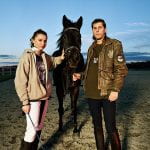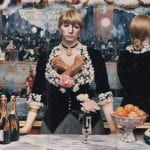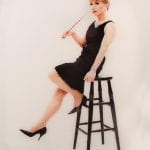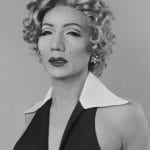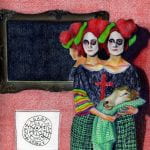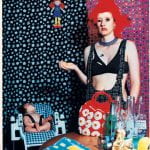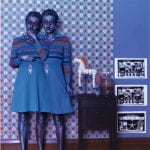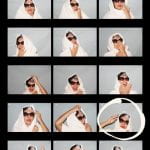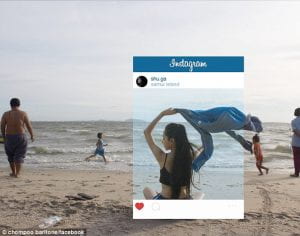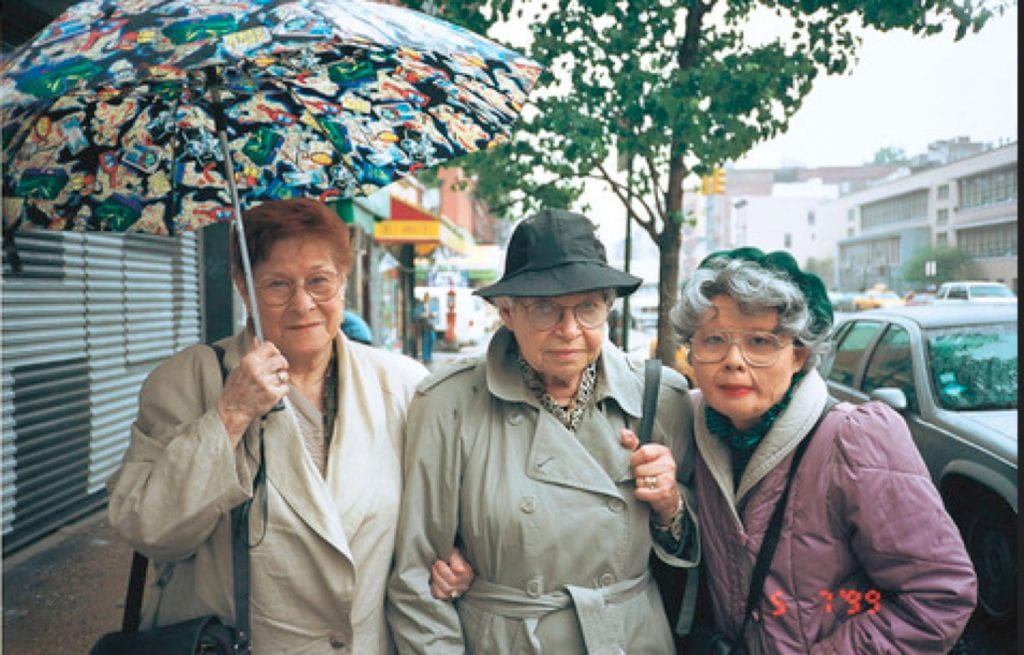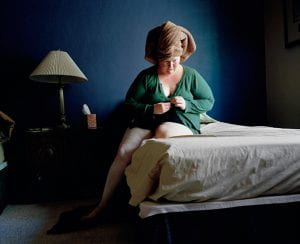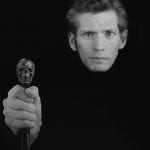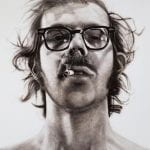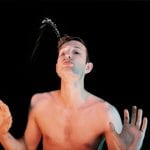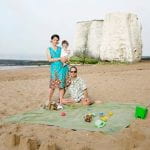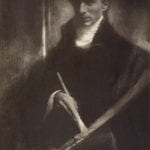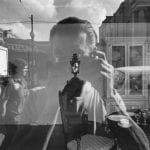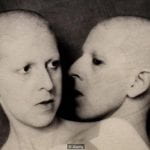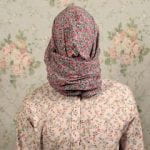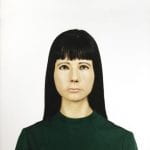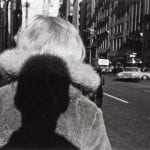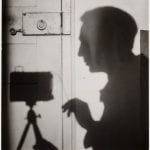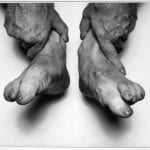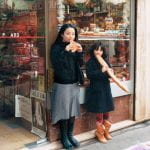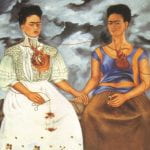Out of Character / Into Character: Photographic Chameleons
‘the mask offers a powerful disguise that gives photographers the chance ot redefine themselves, and to challenge the ways in which identities have commonly been represented and understood’ (bright, 2010, p.101)
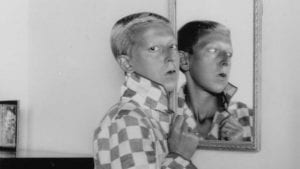
This session encourages participants to consider the nature of the performed portrait, and the construction of the self into a ‘disguised’ personae. This use of masquerade transforms the photograph into a stage. Lighting, props, costume, styling and location are also important considerations,
It is a theatrical reminder that identity is a construct, a mask we wear. ‘Under this mask, another mask’ Cahun wrote. We could even think of her work as a comment on race, as she frequently inverts colours and plays with contrast in one photograph. With her head shaved, holding her collar as if to hide from our gaze, seemingly tanned or edited to seem so, with her image duplicated by the mirror next to her – reinforcing the duality or multiplicity of identity, and the roles we play. (Emelife, 2016)
This Session could be run in conjunction with:
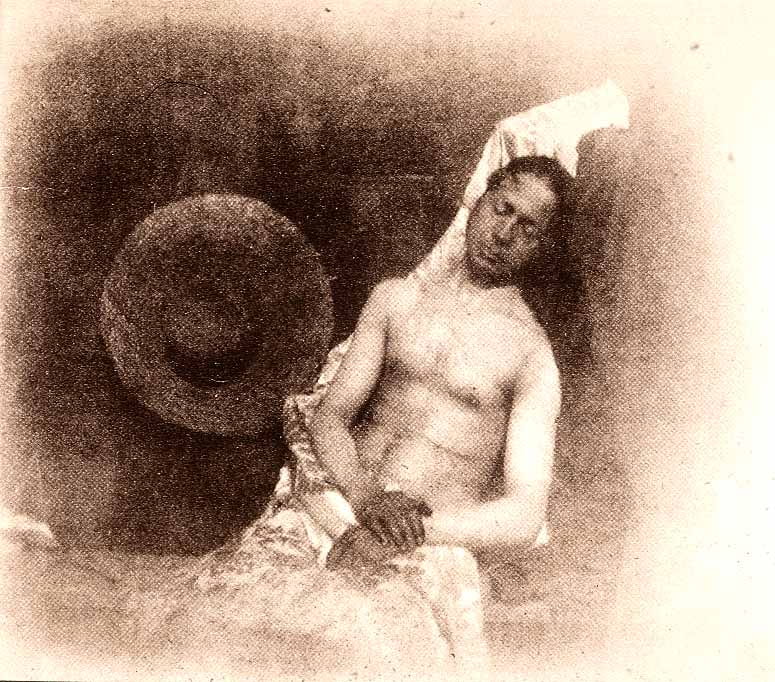
‘A photographic portrait is a picture of someone who knows they’re being photographed, and what he does with this knowledge is as much a part of the photograph as what he’s wearing or how he looks’ (Avedon in Fuqua & Bivar, 2010, p.149)
Aims & Outcomes:
- For participants to explore the nature of a performed’ and disguised self. Is is all a mask?
- For participants to respond photographically to identified personal / political issues though the act of masqerade
- For participants to consider the different ways in which the self might be represented. Do we have multiple selves? Are we stereotyped?
- Participant Outcome: 1 10 x 8 digital print
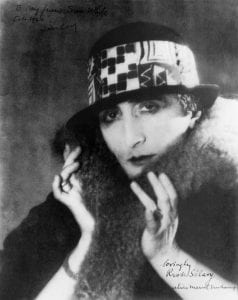
‘i pose, i know i am posing, i want you to know i am posing, but…this additional message must in no way alter the precious essence of my individuality’ (Barthes, 1981, p.12)
You will need:
- Participants may identify and define thier own ‘characters’ / disguises /scenarios or you could use a list of Vladimir Propps characters as a prompt:The Hero / The Helper / The Villain / The False Hero / The Donor / The Dispatcher / The Princess / The Princess’s Father
- Any props you might need
- Digital cameras for all participants (and appropriate memory cards) *This session can also be run using Camera phones or Lumix cameras
- Card readers
- Access to computers (or laptops)
- Flashguns (or a Studio) to practice lighting techniques
- An introductory brief & Presentation (below) for participants to outline the ideas and provide examples
- A booked room to critique participants work (either via a projector or via print)
- Blue tack to pin the work
- Costings and Risk Assessments

‘Portraits are representations, not documents’ (West, 1997, p. 53)
Preparation Work:
- Ask Participants to read Sean O’ Hagan (2010) ‘Self Portraits as an Art Form’ in The Observer 8th August 2010 available here
- Ask participants to explore the Tate resources and select one feature of thier choice to read available here
- Ask participants to independently research the work of Cindy Sherman and watch Hal Foster (2016) Under the Gaze: The Art of Cindy Sherman available here
- Ask participants to identify bring a selection of props they might need
- Ask participants if they have thier own digital cameras and cards
- Make sure you have access to computers
- Make sure there are enough team members to support participants (never assume thier prior knowledge)
- Decide whether you will project the work or print it.
- Decide whether you will introduce location / studio lighting
- If you are printing it make sure the Photo Lab are aware and be aware of timekeeping so they have space to print the work.
- *If you are running this session off campus, make sure there is access to printers or projectors
